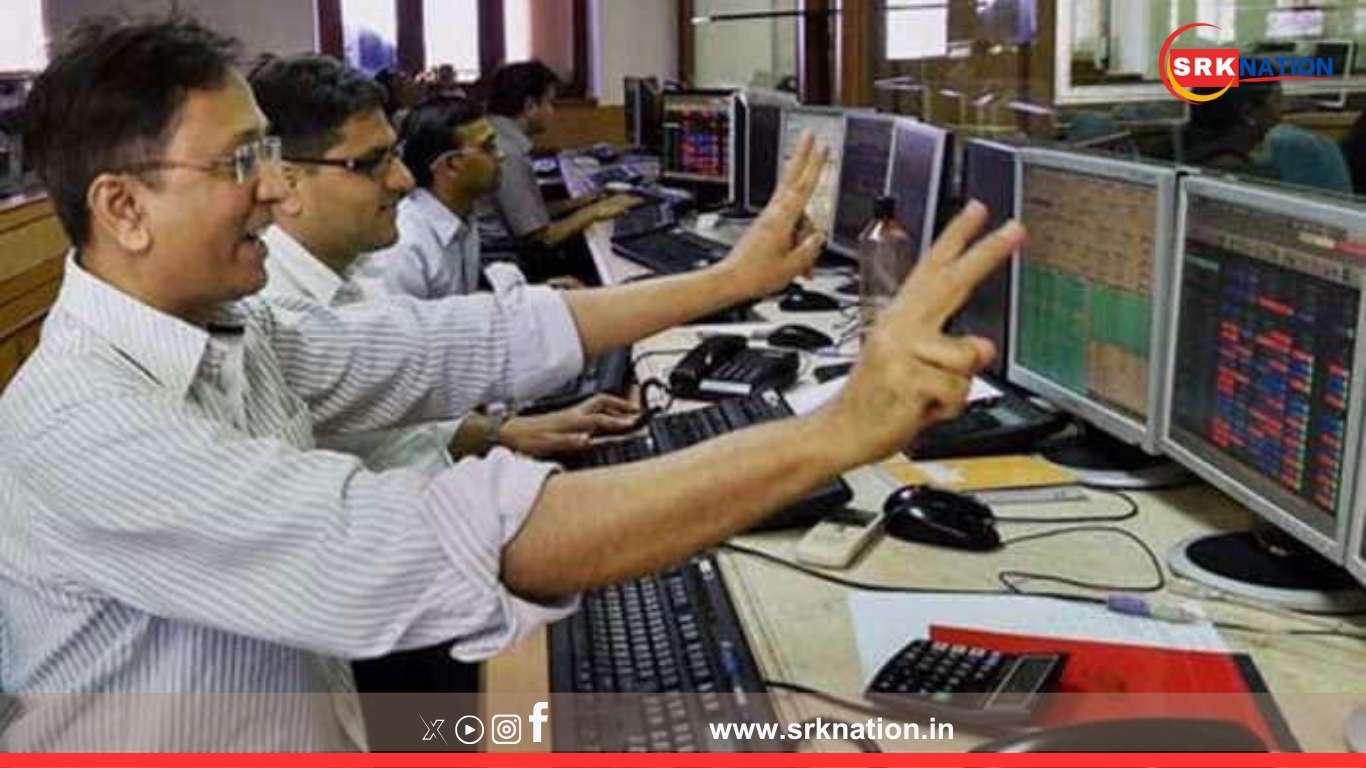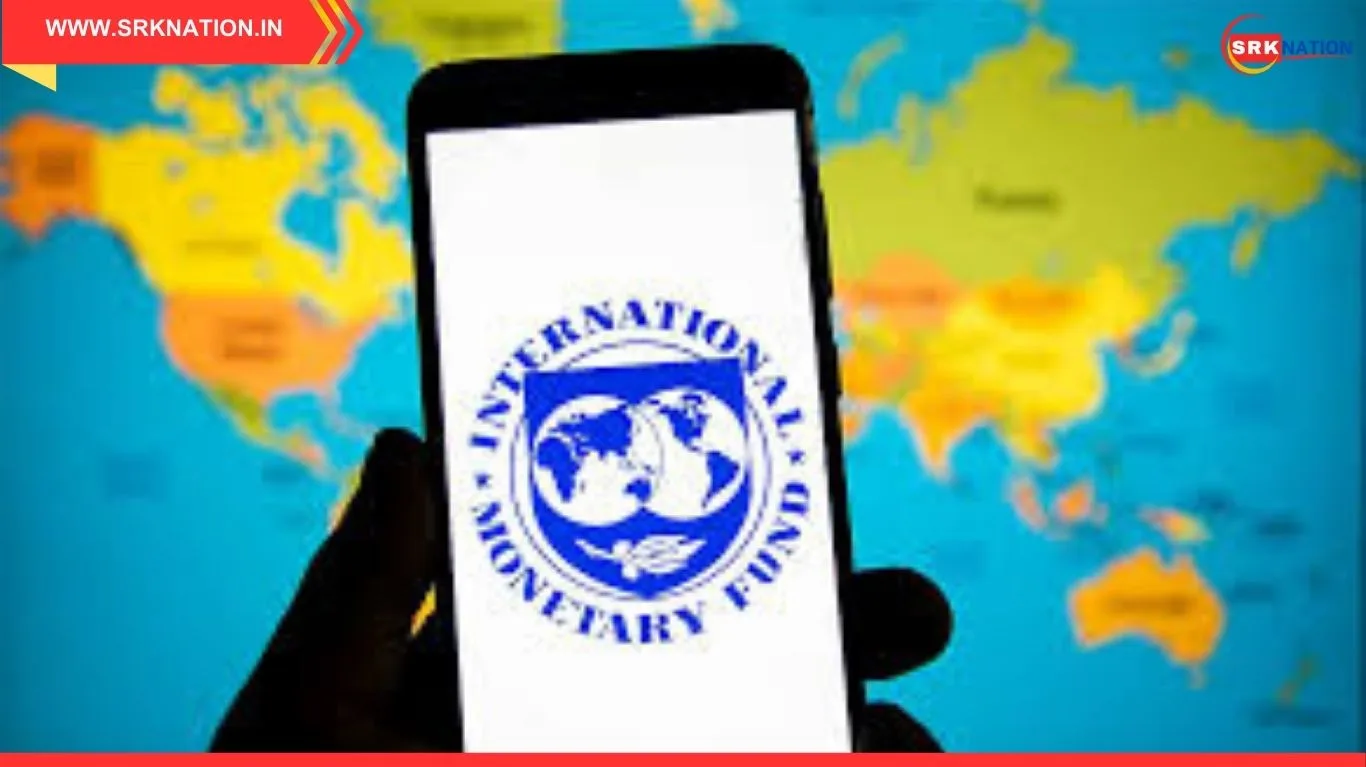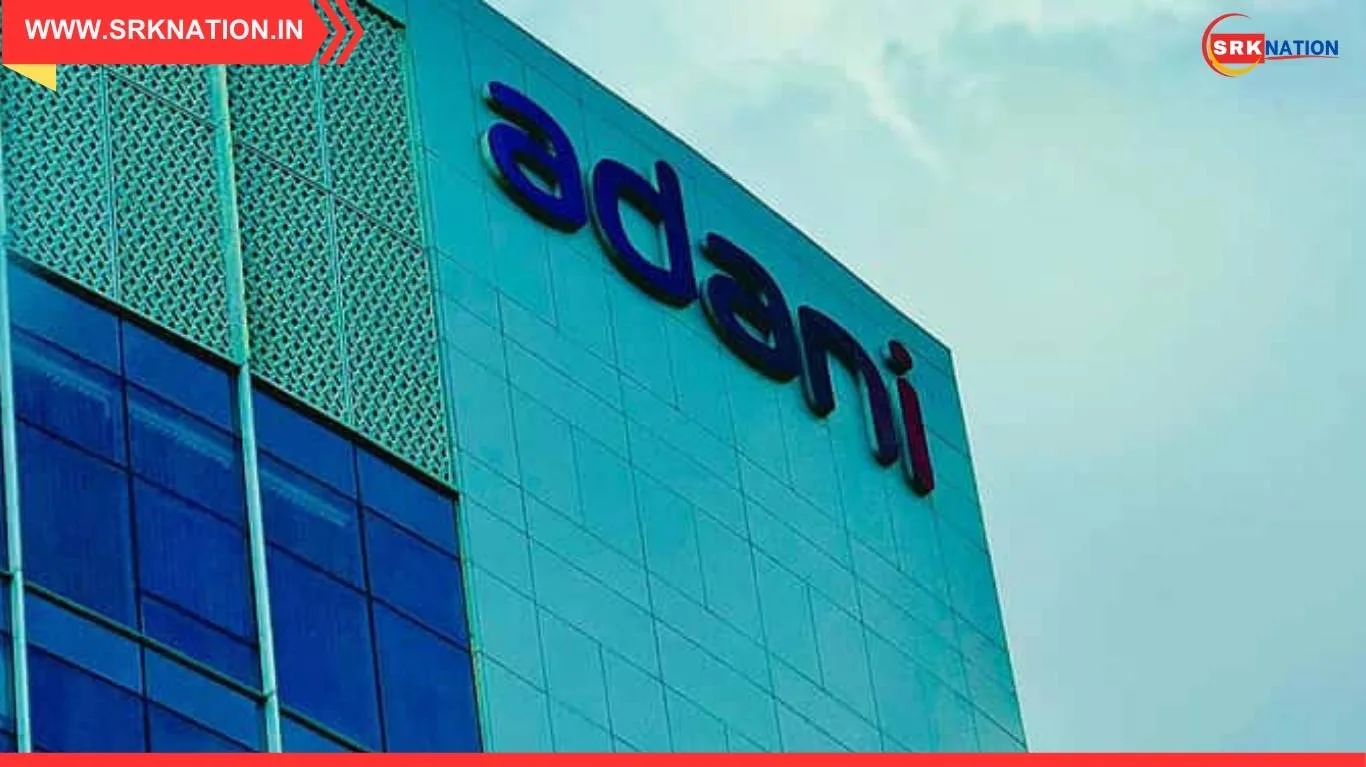India’s services sector has emerged as the backbone of the country’s economic growth, registering robust expansion across IT, financial services, tourism, healthcare, logistics, and emerging technology-driven sub-segments. As the government intensifies efforts to achieve its $5 trillion economy vision by FY28, the role of services is becoming increasingly pivotal, contributing over 54% to GDP and generating millions of direct and indirect jobs.
Services sector growth snapshot
Recent economic data reveals that the services sector grew by 7.6% in FY25, outpacing manufacturing and agriculture, amid buoyant global demand, domestic consumption recovery, and digital transformation initiatives. Analysts project an annual average growth of 7-9% over the next three years, cementing India’s position as the world’s fastest-growing major economy.
| Sector | FY24 Growth Rate | FY25 Growth Rate | Share in GDP (%) |
|---|---|---|---|
| IT & ITeS | 9.2% | 8.5% | 7.5% |
| Financial Services | 6.7% | 7.8% | 6.4% |
| Tourism & Hospitality | 14.5% | 15.2% | 5.3% |
| Healthcare | 10.1% | 10.9% | 4.1% |
| Logistics & Transportation | 8.6% | 9.4% | 5.8% |
| Education & Skilling | 7.4% | 8.1% | 3.2% |
| Others (retail, legal, consulting) | 6.5% | 6.9% | 22.7% |
Drivers of growth
- Digital transformation: Rapid adoption of AI, cloud computing, cybersecurity, and data analytics is reshaping traditional services and enhancing productivity across banking, healthcare, and logistics.
- Global demand recovery: IT exports remain resilient despite global tech layoffs, with Indian companies securing long-term digital transformation contracts in North America, Europe, and ASEAN markets.
- Tourism boom: Record foreign tourist arrivals in Q1 FY26, aided by e-visa reforms and infrastructure upgrades, have revived the hospitality and aviation sectors.
- Healthcare expansion: Investments in diagnostics, telemedicine, and private hospital chains are fuelling job creation and allied service demand, especially in tier-2 and tier-3 cities.
- Policy initiatives: The government’s Production Linked Incentive (PLI) schemes, National Logistics Policy, and Startup India programs continue to drive entrepreneurship and service-linked manufacturing exports.
Sector leaders speak
CP Gurnani, Tech Mahindra Executive Vice Chairman, said:
“The world is witnessing an AI-first transformation. Indian IT companies are moving beyond back-end services to provide AI-led solutions that integrate seamlessly with global clients’ core business strategies.”
Ritesh Agarwal, OYO Founder and CEO, highlighted:
“India’s domestic travel market has exceeded pre-Covid levels. Innovative hospitality models for GenZ travellers are further adding to the tourism-led services boom.”
Challenges ahead
While growth prospects remain bright, experts caution about structural bottlenecks:
- Skilling gaps: There is a shortage of skilled manpower in AI, robotics, blockchain, and advanced cloud infrastructure management despite India’s demographic dividend.
- Infrastructure stress: Urban congestion and limited high-quality warehousing near major ports affect logistics efficiency.
- Regulatory hurdles: Fragmented state-level regulations in healthcare and education services hamper rapid scale-up.
Services sector’s role in $5 trillion goal
| Economic Indicator | FY23 | FY25 | FY28 Projected (target) |
|---|---|---|---|
| Nominal GDP (USD trillion) | 3.5 | 3.9 | 5.0 |
| Services GDP contribution (%) | 53.8 | 54.3 | 55.5 |
| Services sector employment (million) | 242 | 256 | 280 |
| Services exports (USD billion) | 326 | 355 | 400 |
Economists assert that sustaining high services growth alongside manufacturing revival is essential for inclusive development and resilient job creation.
Government initiatives to propel services
✅ Digital India expansion: Broadband penetration to reach 80% of villages by FY27
✅ Startup India 2.0: Focus on fintech, healthtech, agritech, and greentech services startups with single-window clearances
✅ Tourism infrastructure: Greenfield airport expansion, rural tourism clusters, and religious tourism circuits
✅ Skill India Mission 2.0: Industry-led curriculum for emerging digital and financial services
✅ Ease of doing business reforms: Faster clearances and digital approvals across states
International competitiveness
India is consolidating its position as a global services export hub, second only to China among developing economies. The World Bank recently noted India’s rising share in global services trade, supported by English-speaking talent, mature IT ecosystem, and scalable fintech solutions.
| Country | Services Export Value (USD bn, FY25) | Global Rank |
|---|---|---|
| United States | 938 | 1 |
| United Kingdom | 445 | 2 |
| China | 400 | 3 |
| India | 355 | 4 |
| Germany | 340 | 5 |
Outlook: Experts optimistic
Dr. Arvind Panagariya, eminent economist, stated:
“Services will remain India’s comparative advantage. Combined with manufacturing resurgence through Make in India 2.0, services can propel GDP to $5 trillion while creating sustainable middle-class incomes.”
CII President Sanjiv Bajaj added:
“IT-BPM, tourism, healthcare, and financial services remain bright spots. However, services-led growth must now integrate deeply with manufacturing to create mass employment.”
Conclusion
India’s services sector is no longer just an outsourcing success story. It is transforming into a core pillar of economic growth, innovation, and global competitiveness. As the country moves decisively towards its $5 trillion economy vision, nurturing service industries through skilling, regulatory reform, infrastructure upgrades, and technology adoption will remain critical.
Disclaimer: This news article is for informational purposes only. Readers are advised to consult professional economic experts and official government releases before making any investment or policy decisions based on the data presented.











